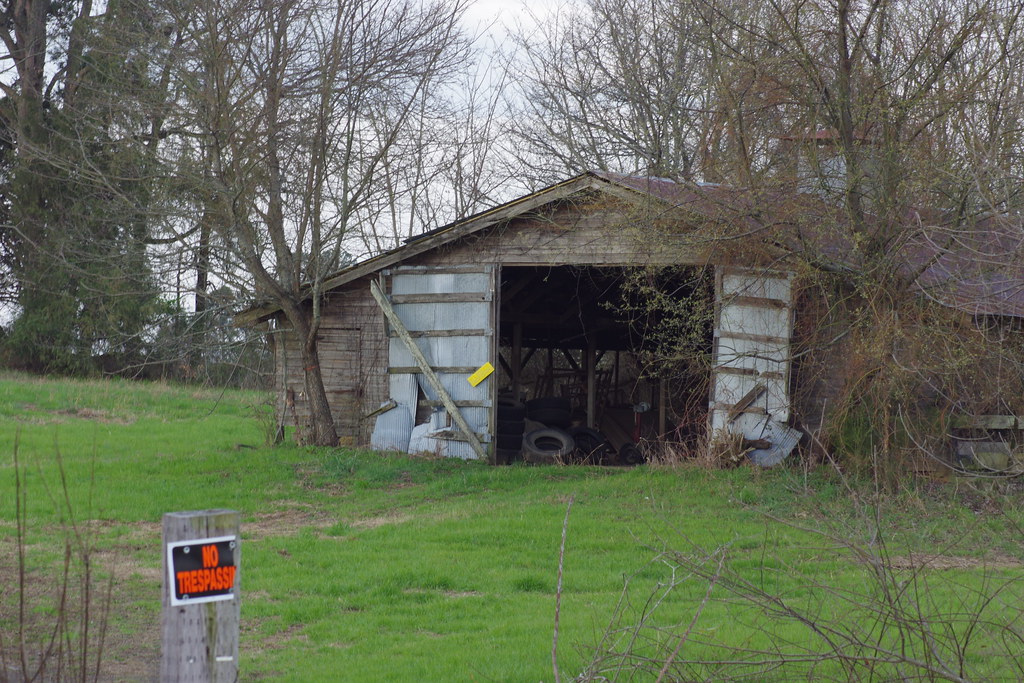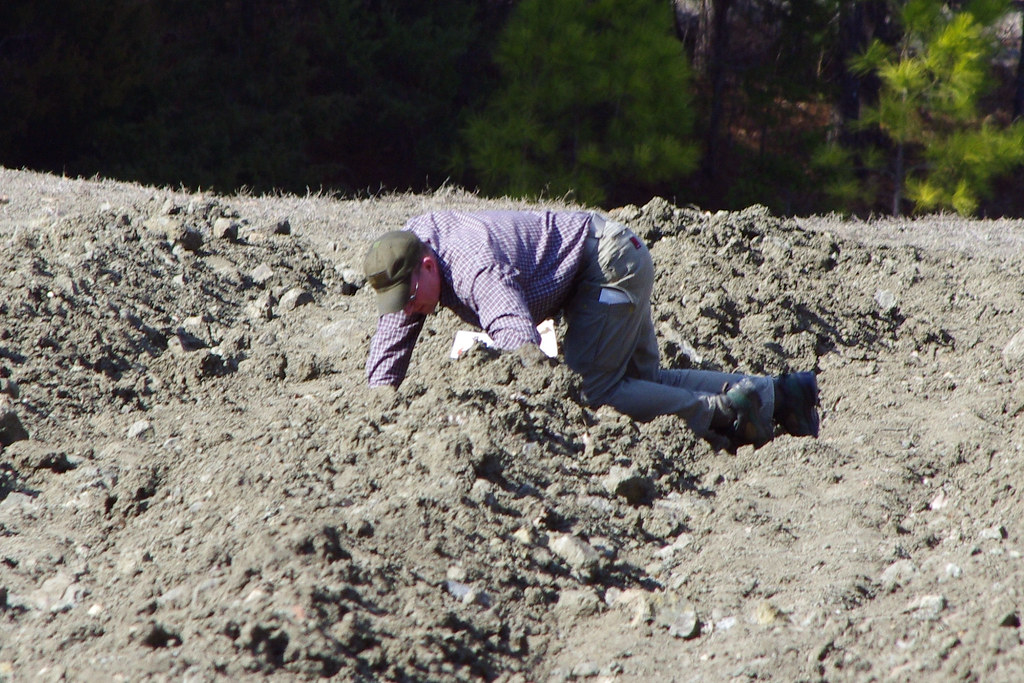Photography Now & Then #75
Arkansas is chicken country. The state’s poultry industry first emerged in the 1890s and, a century later, Tyson Foods, predominately based on poultry production, was one of the largest agribusinesses in the United States. The topography of the Ozarks isn’t well suited to cultivation of crops like wheat, rice, or soybeans, but “houses” for raising chickens are widespread in the region.

Now: Chicken house, aging and decaying, used as a general purpose storage barn, west-central Arkansas, March 16, 2018 (Pentax K-3 II)
______________________________________
Back in 2011, we took a drive down to Crater of Diamonds State Park, near Murfreesboro, Arkansas. Down and back is an almost all day road trip, 127 miles to the park and almost three hours away through the Ouachita Mountains by the fastest route. Traveling by interstate is 57 miles further, but would only take 16 more minutes.
We didn’t do any digging for diamonds. If we ever do, we’ll stay at the campground and leave the driving for other days.

Then: Diamond hunter, Crater of Diamonds State Park, Arkansas, January 29, 2011 (Pentax K-r )
Crater of Diamonds State Park is a 911-acre Arkansas state park in Pike County, Arkansas. The park features a 37.5-acre plowed field, the world’s only diamond-bearing site accessible to the public Diamonds have continuously been discovered in the field since 1906, including the flawless Strawn-Wagner Diamond. The site became a state park in 1972 after the Arkansas Department of Parks and Tourism purchased the site from the Arkansas Diamond Company and Ozark Diamond Mines Corporation, who had operated the site as a tourist attraction previously. (Wikipedia)
Only two diamond mines have ever been worked in the United States, with Crater of Diamonds being the only one that is currently being worked, where “recreational prospectors have been finding up to a few hundred carats of diamonds per year since the early 1970s. Most of the stones are white, yellow, or brown in color, but a wide range of diamond colors has been found at the mine.” (Geology.com)
Photography Now & Then Notes:
- Series Photos
- The Now photo is one that is almost always taken the day of the blog post. In some instances, posts may be backdated if internet access is not available on the day of the photo or other reasons prevent posting Photography Now and Then.
- The Then photo is usually a randomly selected older photograph from a batch of photos specifically “curated” for Photography Now and Then.
- Each photo in this series is an “original work” – a copyright term – of Michael Goad.
- Reference links were accessed on the date the blog post was published, unless otherwise stated.
- The title convention for Photography Now & Then blog posts evolved early on from one word related to each photo separated by “&” to usually being the first word in the caption description for each photo.

